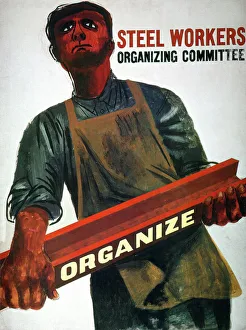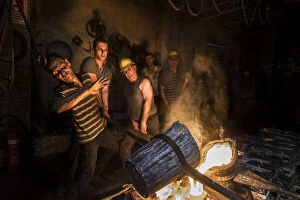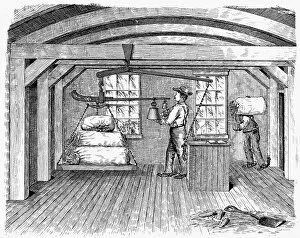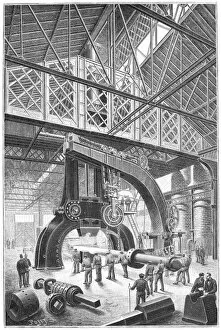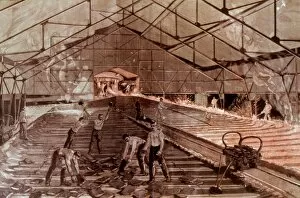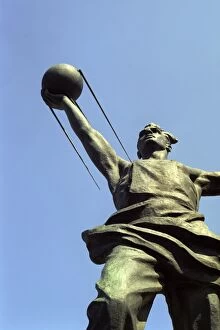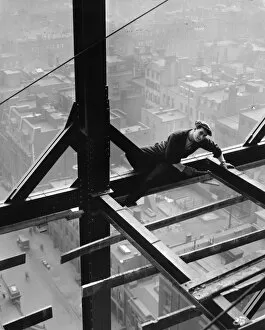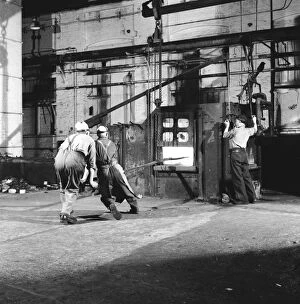Steel Worker Collection
"Steel Workers: The Backbone of America's Industrial Revolution" In the late 1930s
All Professionally Made to Order for Quick Shipping
"Steel Workers: The Backbone of America's Industrial Revolution" In the late 1930s, artist Ben Shahn created a powerful painting for a poster that depicted the strength and resilience of steel workers. Although this artwork was never printed, it symbolized the spirit of unity among these hardworking individuals who formed the Steel Workers Organizing Committee. The struggles faced by they can be traced back to events like the attempted assassination of American industrialist Henry Clay Frick in 1892 during the Homestead Strike. This wood engraving from that time serves as a reminder of the challenges they endured while fighting for fair working conditions and wages. Amidst their demanding work environment in iron and steel factories, these workers found moments to celebrate life through fire dances. These fiery performances showcased their passion and dedication towards their craft, even amidst extreme temperatures reaching up to 1640° Fahrenheit. Behind every finished product lies an intricate process starting with ore procession facilities. These facilities were crucial in transforming raw materials into usable components for various industries during the 19th century mining era. Stamp mills played a vital role in crushing ores into fine powder before further processing could take place. They were essential tools within mines, ensuring efficient extraction methods while maximizing productivity. At the heart of every iron and steel factory stood blast furnaces – towering structures where intense heat melted raw materials such as iron ore or scrap metal to produce molten metal used in countless applications across industries worldwide. To maintain optimal furnace temperature levels, blast stoves provided hot air necessary for combustion within these massive structures. Their importance cannot be overstated as they ensured continuous production cycles without compromising quality standards. These captivating images have been featured on Popular Science Magazine covers throughout history, showcasing not only technological advancements but also paying homage to those who dedicated their lives to shaping our modern world through steel production.

